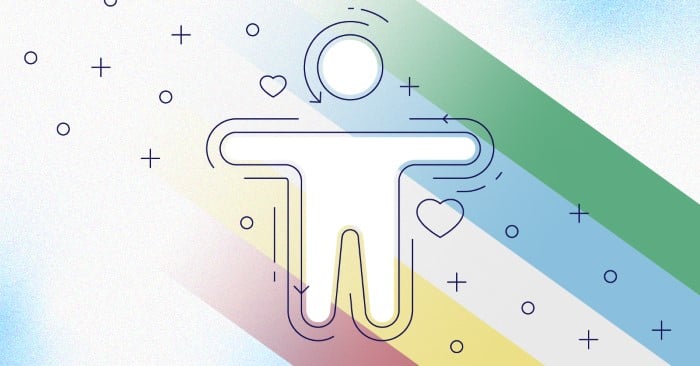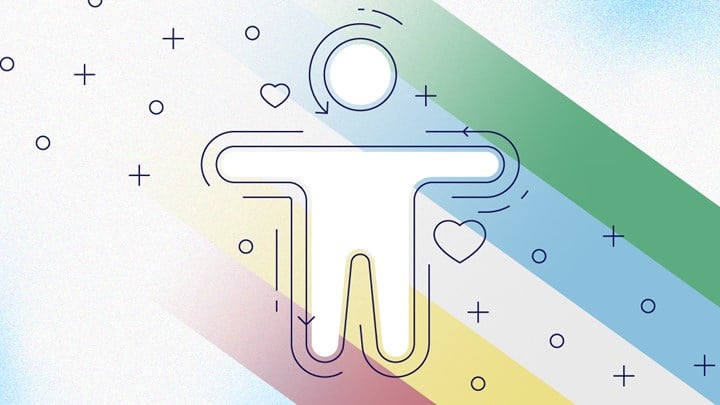Dignity in the digital age
1 min.read. - By Beth Kwakenat - Jul 29, 2022

The Americans with Disabilities Act (ADA) was signed into law on July 26, 1990. Disability Pride Day was held in Boston that same year, and the first Disability Pride Month was officially declared in New York City 25 years later. While the U.S. hasn’t officially proclaimed July as Disability Pride Month, its recognition is gaining momentum across the country.
Just as there are a wide variety of disabilities, there are also a wide variety of reasons for acknowledging and celebrating them during Disability Pride Month. My lived experiences are different than those of my friends and colleagues, so I speak only for myself when I share what Disability Pride means to me:
- It is celebrating that every disabled person is unique and has valuable gifts and talents
- It is coming together as a community to support one another
- It is focusing on self-love and self-acceptance on both my good days and bad
- It is fighting for personal, professional, and legal acceptance for people with disabilities
- It is being proud of my job and my company
Proud to be a Siteimprover
A little over a year ago, I stumbled upon a job posting for an accessibility analyst. I wasn’t looking for a change, but I also wasn’t satisfied with how the accessibility of our division’s website was something we would get to when we had time. The posting felt like fate was giving me a chance to make a difference in the world and work in a field where I am passionate. I’m happy to say I’ve been a proud Siteimprover ever since.
I’ve learned that digital barriers are everywhere
My role as an accessibility analyst is to manually test websites and identify barriers to accessibility, then share those results with the companies that have contracted with us. I use assistive technologies, in particular screen reading software, to listen to web pages as I navigate. I also set my mouse aside and navigate a site using just a keyboard (I urge you to challenge yourself - put your mouse in a drawer and see how long you last without it!).
I’ve learned that there are barriers on every website I’ve encountered. Every. Single. One. The World Health Organization reported in 2011 that 15% of the world’s population experiences some form of disability. I am positive that the number has grown significantly as the population ages (we will all experience age-related vision loss) and the long-term impacts of COVID-19 are discovered.
Proudly eliminating digital barriers through awareness
The work we do at Siteimprove chips away at accessibility barriers by raising awareness. We help designers, content creators, and developers consider other perspectives. We share tips and best practices. We provide feedback and advice. We open the door to dialog, learning, and understanding.
We also bring ourselves and our lived experiences into what we do by sharing how disabilities affect us and our loved ones. Some of us have disabilities others can perceive, such as being blind. Some of us have hidden disabilities like depression, anxiety, or migraine. Some of us have children with Autism or ADHD. Still others have temporary disabilities such as broken bones or forgotten glasses. We are proud of who we are, who are children are, and who our families, colleagues, and friends are.
We are all uniquely, beautifully ourselves.
